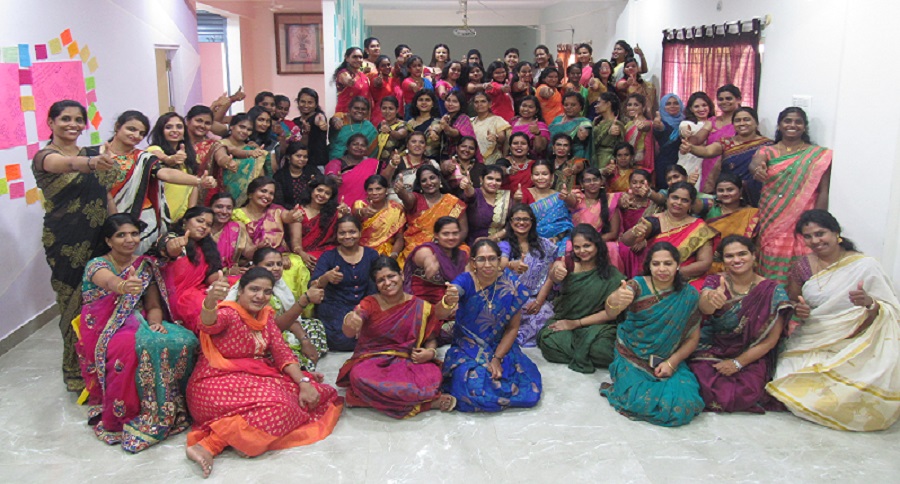10 ways raising a physically literate child is like raising a reader
Publisher and editor-in-chief of Active for Life
1. Make reading/physical literacy a family value
Kids are born to play. They are born to run, jump, and skip. They learn by emulating what they
see around them. Play as a family. Go out and enjoy learning new skills,
activities, and games.
2. Let them read what they enjoy/do the physical activities they enjoy
Pleasure
is the greatest incentive. Kids will do what they enjoy. They will also enjoy
what they are good at. This means that they might repeat a game over and over.
Support and reward all games, sport, or activity your kids enjoy. And make sure
you play with them.
3. Be sure they are reading/playing at an appropriate level
Remember one simple rule as you support your child in activities
and sports: every kid must do the right things at the right times under the right
conditions. You don’t expect your first-grader to read Shakespeare,
so don’t push them into doing physical activities that they are not ready to
do. More importantly, don’t enroll them in programs that might be beyond their age. Instead,
keep play simple and age-appropriate.
4. Don’t use reading/physical activity as a punishment.
I
cringe when I see a coach or a PE teacher use physical activities as a
punishment (“10 push ups for being last.”). Reverse the trend. Promote play,
games, and activities as a reward. As something special to be cherished.
5. Give books/equipment as a gift
Gifts are special. They spark excitement and kids’ imaginations.
Try to give your child toys that will encourage them to be
active and promote the joy of playing.
6. Let your kids see you read/be active for fun
You
have a powerful modeling effect on your child. If your child sees you enjoying
being active, then they will see games, activities, and sport as a normal and
worthwhile part of life.
7. Don’t over-correct, don’t over-practice
One way
to make certain your kids will resent reading is by pushing them to read
perfectly too early. The same applies to their love of being active. Mistakes
are a critical part of developing as a reader or becoming a physically literate
child. Support, encourage, and guide your child.
8. Point out words/physical activity everywhere
Humans are born to move.
We are physical beings. From the prima ballerinas to top athletes, we love to
see great displays of physical aptitude. But don’t forget the everyday display
of skills. Encourage your child to recognize these skills everywhere. Point out
everyday examples of physical ability: “Look at thatfirefighter climbing the ladder. What skills does she need to
do that?”
9. Set aside time for kids to read/be active on their own
Free
play is essential for kids. Be sure to encourage them to play by themselves
without a tablet or computer.
10. Fun, fun, and more fun
Not every child will become an avid reader or a world-class
athlete. However, both literacy and physical literacy are fundamental to the
development of your kids. Most youngsters are born with the capacity to read and move well, but like
any other skill, it must be learned and repeated on a regular basis so that it
becomes second nature. Fun and enjoyment are
the secret ingredients to learning new skills.


No comments:
Post a Comment